Use this nursing care plan and management guide to help care for patients with intussusception. Enhance your understanding of nursing assessment, interventions, goals, and nursing diagnosis, all specifically tailored to address the unique needs of individuals facing intussusception. This guide equips you with the necessary information to provide effective and specialized care to patients dealing with intussusception.
What is Intussusception?
Intussusception is a telescoping of one portion of the bowel into another portion which results in obstruction to the passage of the intestinal contents and inflammation and impaired blood flow to the parts of the intestinal walls that are pressing against one another. If not treated, tissue necrosis, intestinal perforation, and peritonitis may occur. The symptoms of intussusception include colicky abdominal pain, nausea, vomiting, lethargy, and blood or mucus in the stools (sometimes referred to as “currant jelly” stool).
It most commonly occurs in infants ages 3 to 12 months or in children 12 to 24 months of age. The cause of intussusception is unknown but children with Meckel’s diverticulum, celiac disease, cystic fibrosis, diarrhea, or constipation increase the likelihood of incurring this condition. Surgical correction is done if the obstruction of the involved segment does not resolve through manual reduction or by hydrostatic pressure or if the bowel becomes necrotic.
Nursing Care Plans and Management
Nursing care planning goals of a child with intussusception revolve toward providing appropriate information about the child’s condition, restoring fluid volume and preventing dehydration, and observing resolution or improvement (relief of abdominal pain, return of normal bowel sounds).
Nursing Problem Priorities
The following are the nursing priorities for patients with intussusception:
- Manage pain and discomfort associated with intussusception.
- Monitor for signs of bowel obstruction or ischemia.
- Administer appropriate fluids and provide hydration support.
- Prepare for possible reduction of intussusception through nonsurgical means.
- Plan for surgical intervention if reduction attempts are unsuccessful or in cases of bowel perforation.
Nursing Assessment
Assess for the following subjective and objective data:
- Vomiting
- Decreased urine output
- Inadequate fluid intake
- Signs and symptoms of dehydration or electrolyte imbalance
Nursing Diagnosis
Following a thorough assessment, a nursing diagnosis is formulated to specifically address the challenges associated with intussusception based on the nurse’s clinical judgement and understanding of the patient’s unique health condition. While nursing diagnoses serve as a framework for organizing care, their usefulness may vary in different clinical situations. In real-life clinical settings, it is important to note that the use of specific nursing diagnostic labels may not be as prominent or commonly utilized as other components of the care plan. It is ultimately the nurse’s clinical expertise and judgment that shape the care plan to meet the unique needs of each patient, prioritizing their health concerns and priorities.
Nursing Goals
Goals and expected outcomes may include:
- The child will be able to tolerate age-appropriate foods and fluids without vomiting or recurrence of symptoms and will be free from fluid and electrolyte imbalances.
Nursing Interventions and Actions
Therapeutic interventions and nursing actions for patients with intussusception may include:
1. Restoring Fluid Volume and Preventing Dehydration
Assess for signs and symptoms of dehydration such as poor skin turgor, dry mucous membranes, irritability, and delayed capillary refill.
Repeated vomiting and insufficient fluid intake may lead to dehydration.
Assess fluid intake and output.
Measurement of fluid intake and output is an important indicator of a child’s fluid status.
Monitor vital signs as frequently as possible.
Vital sign changes such as hypotension, tachycardia, and increased temperature reveal hypovolemia.
Monitor characteristics of stool (consistency and color).
Initially, a child with intussusception may pass a normal stool, but later on, a mucus, blood-filled or jelly-like stool is observed.
Suggest and offer the infant the use of a pacifier.
Sucking on a pacifier may promote peristaltic movement and passage of gas.
Provide frequent oral hygiene.
Deficient fluid intake can cause a dry, sticky mouth. Attention to mouth care promotes interest in drinking and reduces the discomfort of dry mucous membranes.
Administer IV fluids as ordered.
Post-operatively, intravenous fluids are continued to re-established electrolyte imbalance and to promote adequate fluid intake.
Instruct parents that they may offer clear liquids and then gradually advance diet as tolerated.
A clear liquid diet, then progressing to a soft diet is given until normal bowel function is established.
2. Promoting Safety and Preventing Injury
Assess the presence of acute abdominal pain accompanied by loud crying and drawing knees up to the chest which may be episodic, vomiting, the passage of a brown stool followed by red, currant jelly-like stool, pallor, irritability.
Provides information that intussusception is present which may result in obstruction and if left untreated, will lead to peritonitis.
Monitor older children for the presence of diarrhea, constipation, and vomiting episodes.
This reveals the presence of intussusception and a further assessment is needed.
Observe bowel elimination and characteristics of stool and the ability to eliminate barium following the procedure.
This signifies that the procedure in reducing the affected bowel is successful as the condition may recur within 36 hours.
Provide NG tube attached to suction, IV fluids to decompress bowel and maintain hydration status and maintain patency of therapy as ordered.
Avoids episodes of vomiting and dehydration and prepares the child for a barium enema procedure to diagnose and reduce the invagination.
Provide information on the therapeutic regimen and allow for an opportunity to inquire questions about procedures.
Decreases anxiety and helps eliminate the fear of the unknown.
Provide reassurance to parents and encourage on accompanying the child during the procedure.
Promotes trust and reduces anxiety.
Inform parents on the purpose of IV and NG tubes, and NPO status.
Provides information about treatments for understanding and lessening anxiety.
Inform parents that surgical reduction may be needed if barium enema fails to reduce the invagination.
Prepares parents for the possibility of surgical correction.
Reinforce information given by the physician.
Provides information about surgical intervention if barium enema reduction is unsuccessful or if bowel obstruction and necrosis are present.
3. Initiating Patient Education and Health Teachings
Assess the parent’s knowledge of the condition, signs, and symptoms, and therapeutic regimen following procedures.
Promotes the development of an effective plan of instruction.
Offer parents clear and brief information; May utilize teaching aids and encourage questions.
Ensures understanding of the care needs to be based on the ability to learn.
Teach parents about signs and symptoms of infection in the incision area and demonstrate and allow for return demonstration of dressing change.
Raises awareness of signs and symptoms of wound infection to facilitate immediate intervention.
Instruct parents to monitor any blood in stool, change in stool characteristics or diarrhea or constipation, or absence of stools.
Reveals gastrointestinal bleeding and possible recurrence or chronicity of the condition.
Instruct parents about preparation procedures for reduction by barium enema or surgery and antibiotic and postoperative care given to the child.
Provides information regarding care to expect during hospitalization.
Teach parents that a nothing-per-orem (NPO) status will be ordered initially and will be offered clear fluids and slowly progress to the usual diet once advised.
Prevents vomiting or abdominal distention until the condition is resolved.
Educate parents about activity restrictions.
Allows condition and/or wound to heal and resolve itself without complications.
Inform parents that bowel elimination of brown stools indicates that the condition has been improved.
Provides parents with baseline expected with successful resolution of the problem.
Recommended Resources
Recommended nursing diagnosis and nursing care plan books and resources.
Disclosure: Included below are affiliate links from Amazon at no additional cost from you. We may earn a small commission from your purchase. For more information, check out our privacy policy.
Ackley and Ladwig’s Nursing Diagnosis Handbook: An Evidence-Based Guide to Planning Care
We love this book because of its evidence-based approach to nursing interventions. This care plan handbook uses an easy, three-step system to guide you through client assessment, nursing diagnosis, and care planning. Includes step-by-step instructions showing how to implement care and evaluate outcomes, and help you build skills in diagnostic reasoning and critical thinking.

Nursing Care Plans – Nursing Diagnosis & Intervention (10th Edition)
Includes over two hundred care plans that reflect the most recent evidence-based guidelines. New to this edition are ICNP diagnoses, care plans on LGBTQ health issues, and on electrolytes and acid-base balance.

Nurse’s Pocket Guide: Diagnoses, Prioritized Interventions, and Rationales
Quick-reference tool includes all you need to identify the correct diagnoses for efficient patient care planning. The sixteenth edition includes the most recent nursing diagnoses and interventions and an alphabetized listing of nursing diagnoses covering more than 400 disorders.

Nursing Diagnosis Manual: Planning, Individualizing, and Documenting Client Care
Identify interventions to plan, individualize, and document care for more than 800 diseases and disorders. Only in the Nursing Diagnosis Manual will you find for each diagnosis subjectively and objectively – sample clinical applications, prioritized action/interventions with rationales – a documentation section, and much more!

All-in-One Nursing Care Planning Resource – E-Book: Medical-Surgical, Pediatric, Maternity, and Psychiatric-Mental Health
Includes over 100 care plans for medical-surgical, maternity/OB, pediatrics, and psychiatric and mental health. Interprofessional “patient problems” focus familiarizes you with how to speak to patients.

See also
Other recommended site resources for this nursing care plan:
- Nursing Care Plans (NCP): Ultimate Guide and Database MUST READ!
Over 150+ nursing care plans for different diseases and conditions. Includes our easy-to-follow guide on how to create nursing care plans from scratch. - Nursing Diagnosis Guide and List: All You Need to Know to Master Diagnosing
Our comprehensive guide on how to create and write diagnostic labels. Includes detailed nursing care plan guides for common nursing diagnostic labels.
Other nursing care plans for pediatric conditions and diseases:
- Acute Glomerulonephritis | 4 Care Plans
- Acute Rheumatic Fever | 4 Care Plans
- Apnea | 4 Care Plans
- Brain Tumor | 3 Care Plans
- Bronchiolitis | 5 Care Plans
- Cardiac Catheterization | 4 Care Plans
- Cerebral Palsy | 7 Care Plans
- Child Abuse | 4 Care Plans
- Cleft Lip and Cleft Palate | 7 Care Plans
- Congenital Heart Disease | 5 Care Plans
- Congenital Hip Dysplasia | 4 Care Plans
- Croup Syndrome | 5 Care Plans
- Cryptorchidism (Undescended Testes) | 3 Care Plans
- Cystic Fibrosis | 5 Care Plans
- Diabetes Mellitus Type 1 (Juvenile Diabetes) | 4 Care Plans
- Dying Child | 4 Care Plans
- Epiglottitis | 5 Care Plans
- Febrile Seizure | 4 Care Plans
- Guillain-Barre Syndrome | 6 Care Plans
- Hospitalized Child | 5 Care Plans
- Hydrocephalus | 5 Care Plans
- Hypospadias and Epispadias | 4 Care Plans
- Intussusception | 3 Care Plans
- Juvenile Rheumatoid Arthritis | 4 Care Plans
- Kawasaki Disease | 6 Care Plans
- Meningitis | 7 Care Plans
- Nephrotic Syndrome | 5 Care Plans
- Osteogenic Sarcoma (Osteosarcoma) | 4 Care Plans
- Otitis Media | 4 Care Plans
- Scoliosis | 4 Care Plans
- Spina Bifida | 7 Care Plans
- Tonsillitis and Adenoiditis | 4 Care Plans
- Umbilical and Inguinal Hernia | 4 Care Plans
- Vesicoureteral Reflux (VUR) | 5 Care Plans
- Wilms Tumor (Nephroblastoma) | 4 Care Plans
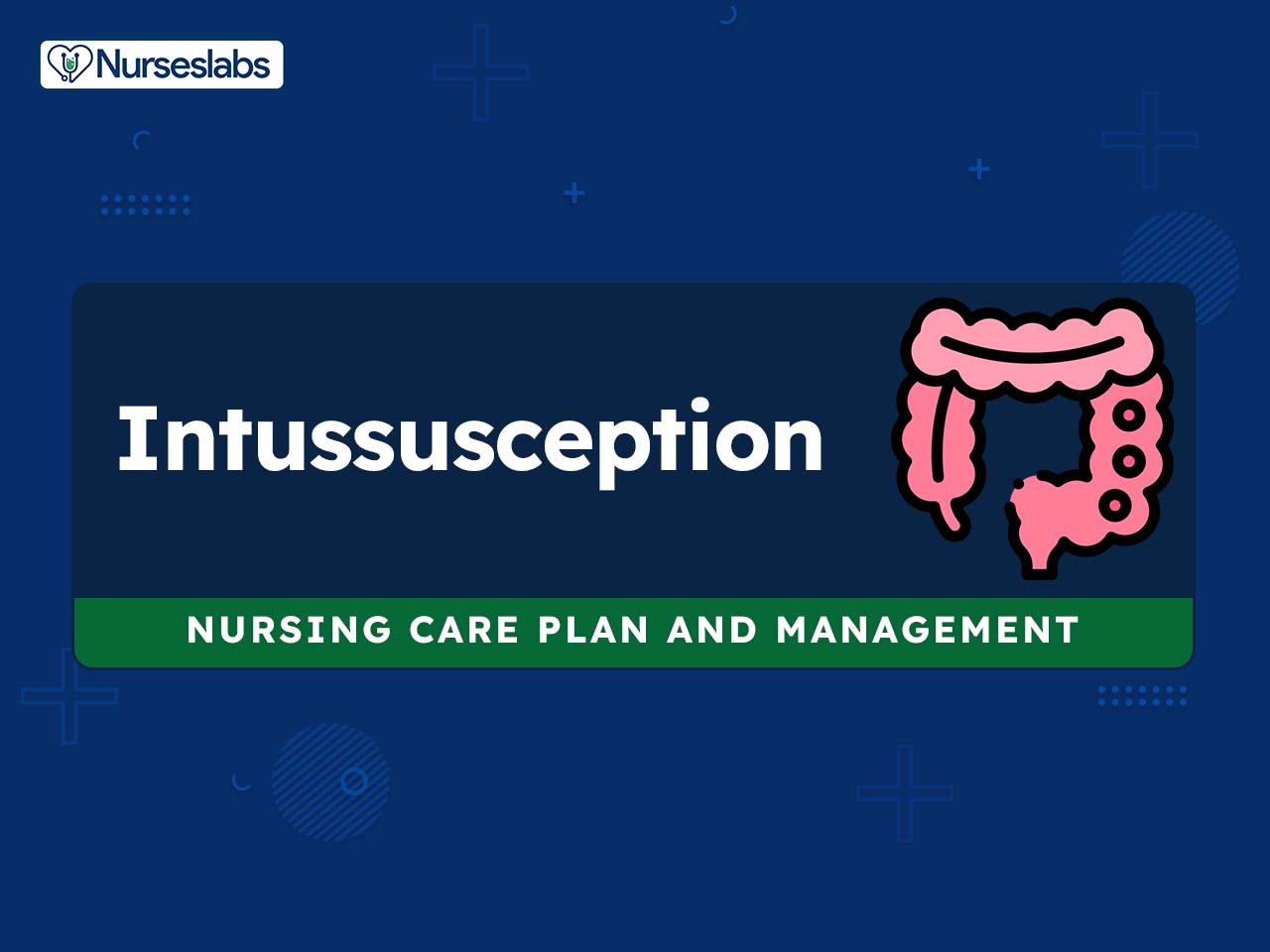
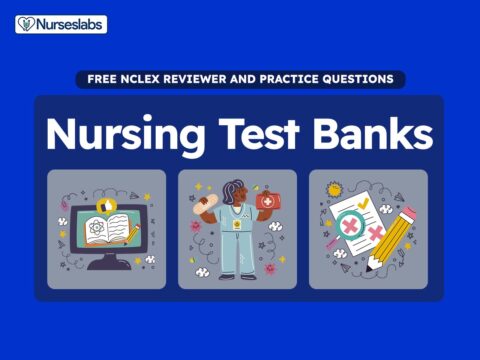


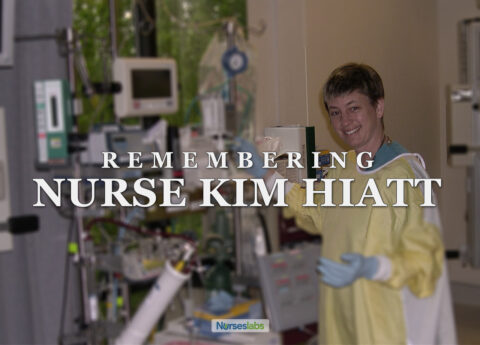
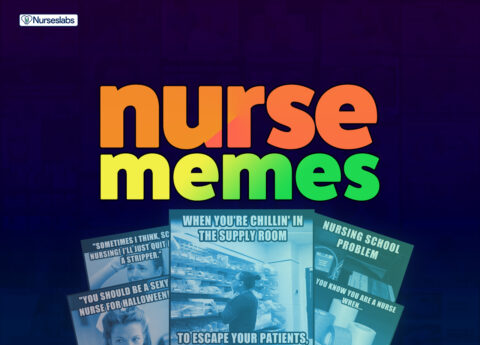


















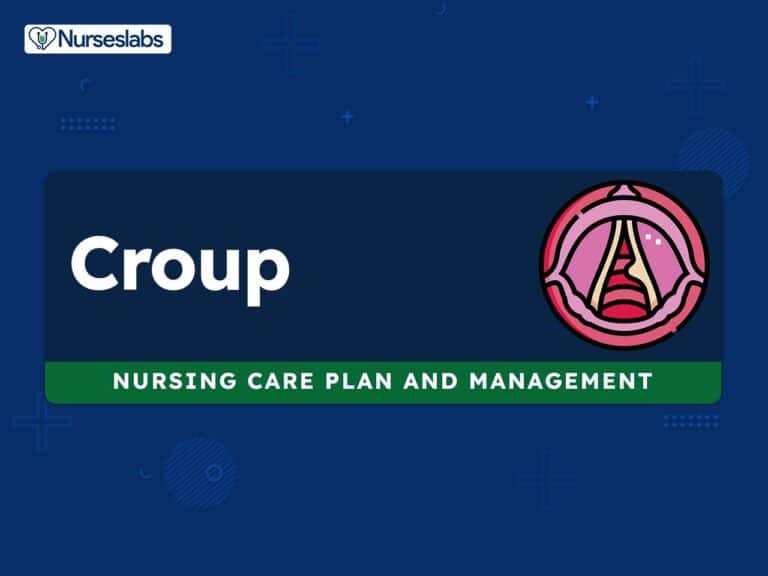
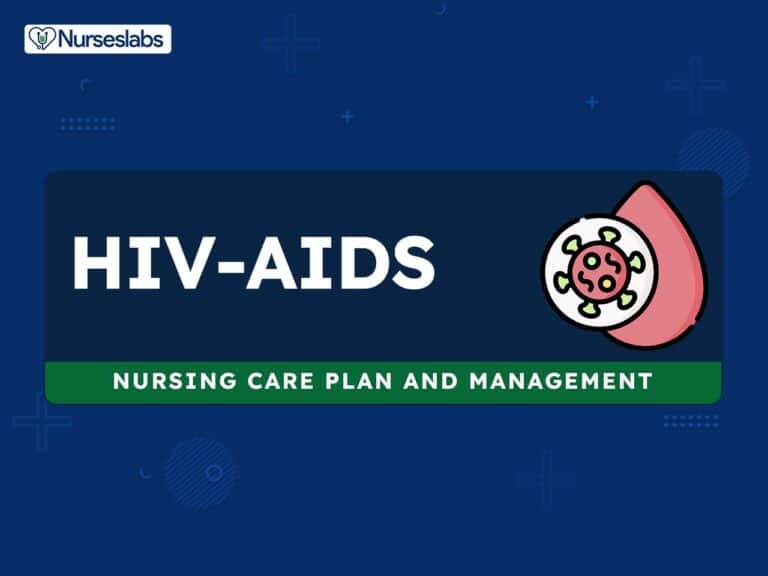
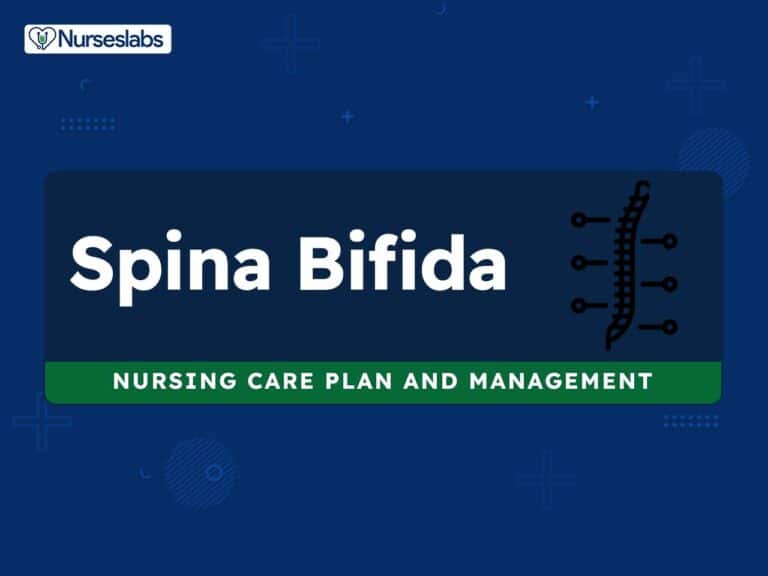
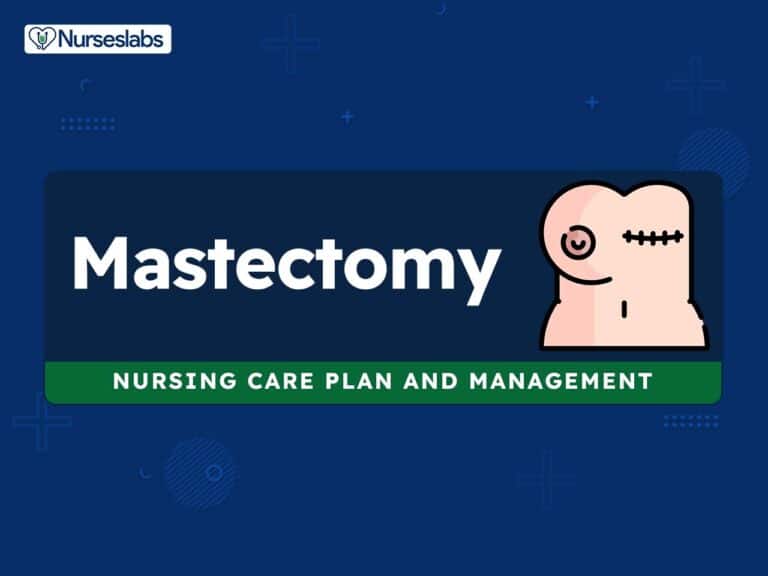

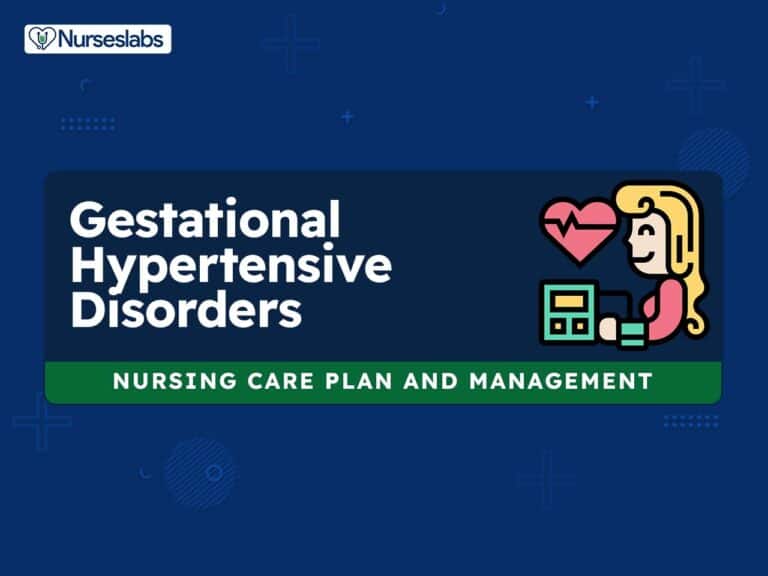

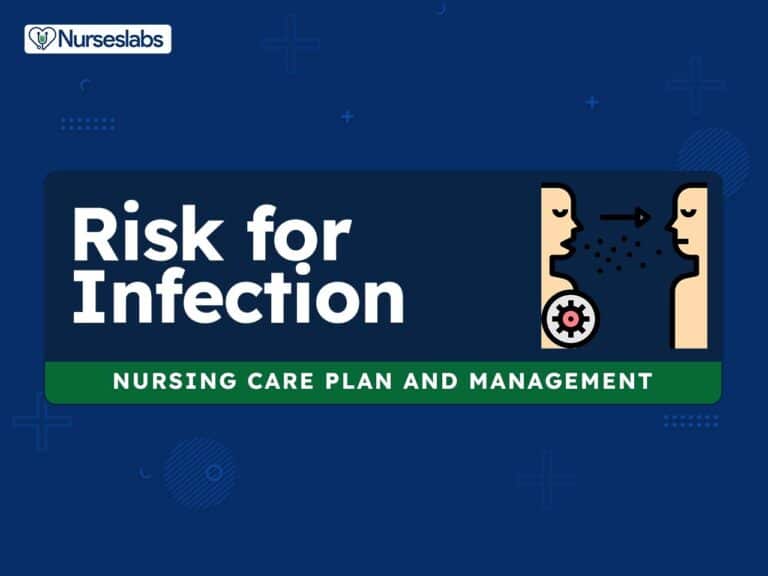
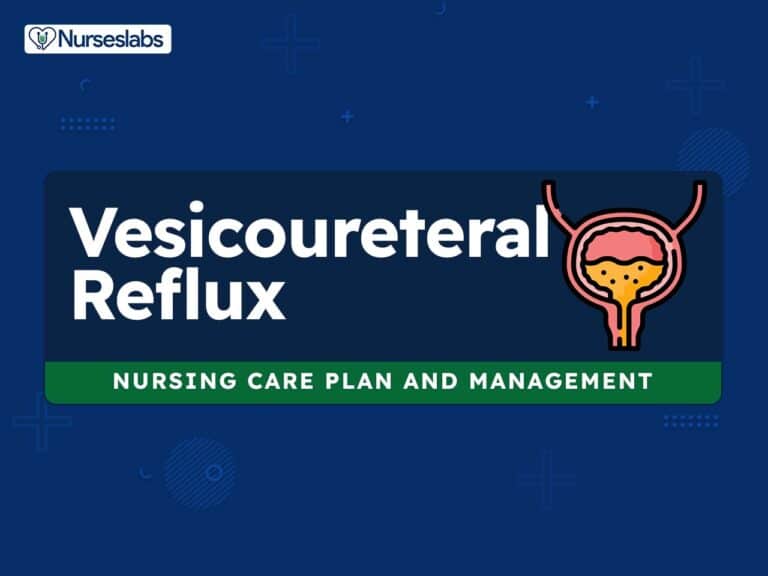
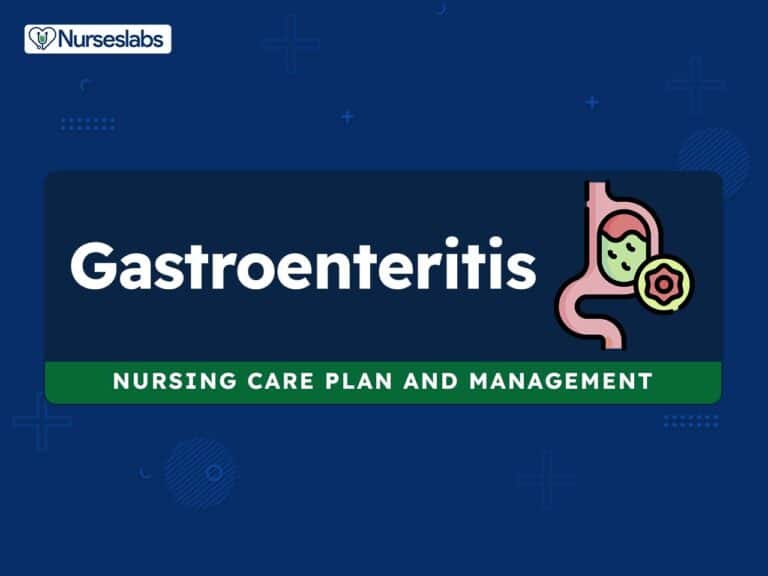
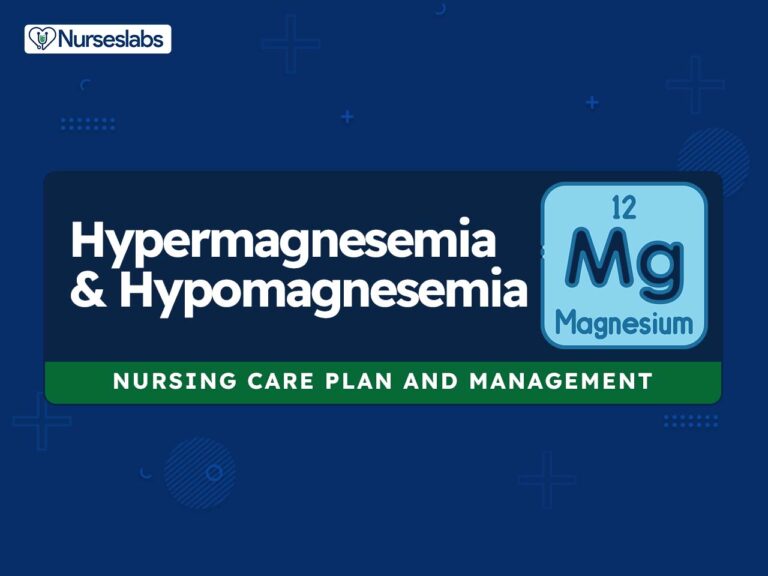
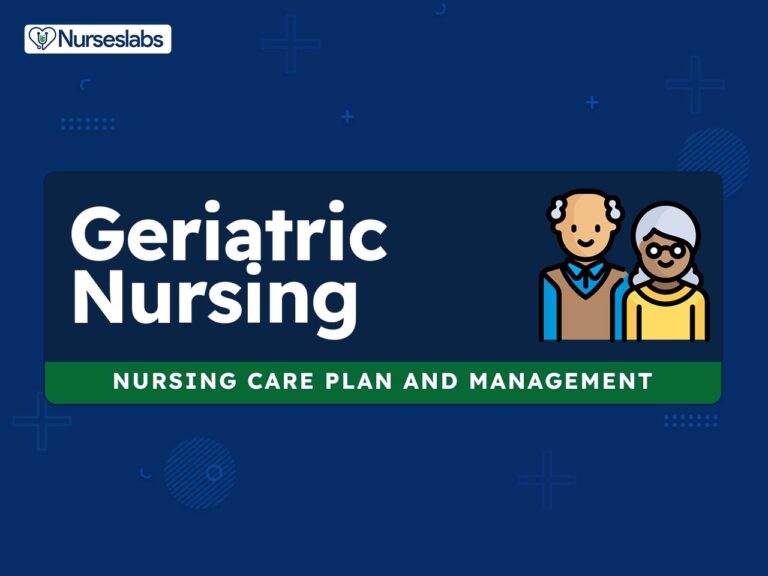
Leave a Comment